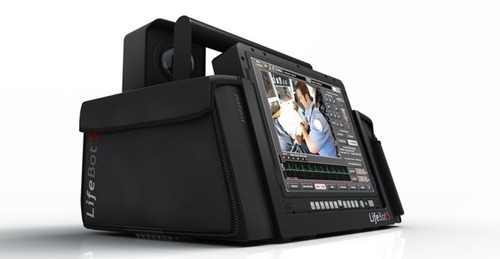We’ve been pondering this question for nearly 30 years. In 1983, trauma surgeons at UCLA looked at a number of devices available at that time and tested them on normal volunteers. They measured neck motion to see which was “best."
Here’s what they found:
- Soft collar – In general, this decreased rotation by 8 degrees but insignificantly protected against flexion and extension. Basically, this keeps your neck warm and little else.
- Hard collars – A variety of collars available in that era were tested. They all allowed about 8% flexion, 18% lateral movement, and 2% rotation. The Philadelphia collar allowed the least extension.
- Sandbags and tape – Surprisingly, this was the best. It allowed no flexion and only a few percent movement in any other direction.
The Mayo clinic compared four specific hard collars in 2007 (Miami J, Miami J with Occian back, Aspen, Philadelphia). They found that the Miami J and Philadelphia collars reduced neck movement the best. The Miami J with or without the Occian back provided the best relief from pressure. The Aspen allowed more movement in all axes.
And finally, the halo vest is the gold standard. These tend to be used rarely and in very special circumstances.
Bottom line:
- For EMS: Rigid collar per your protocol is the standard. In a pinch you can use good old tape and sandbags with excellent results.
- For physicians: The Miami J provides the most limitation of movement. If the collar will be needed for more than a short time, consider the well-padded Occian back Miami J (see below).

Related post:
References:
- Efficacy of cervical spine immobilization methods. J Trauma 23(6):461-465, 1983.
- Range-of-motion restriction and craniofacial tissue-interface pressure from four cervical collars. J Trauma 63(5):1120, 1126, 2007.

